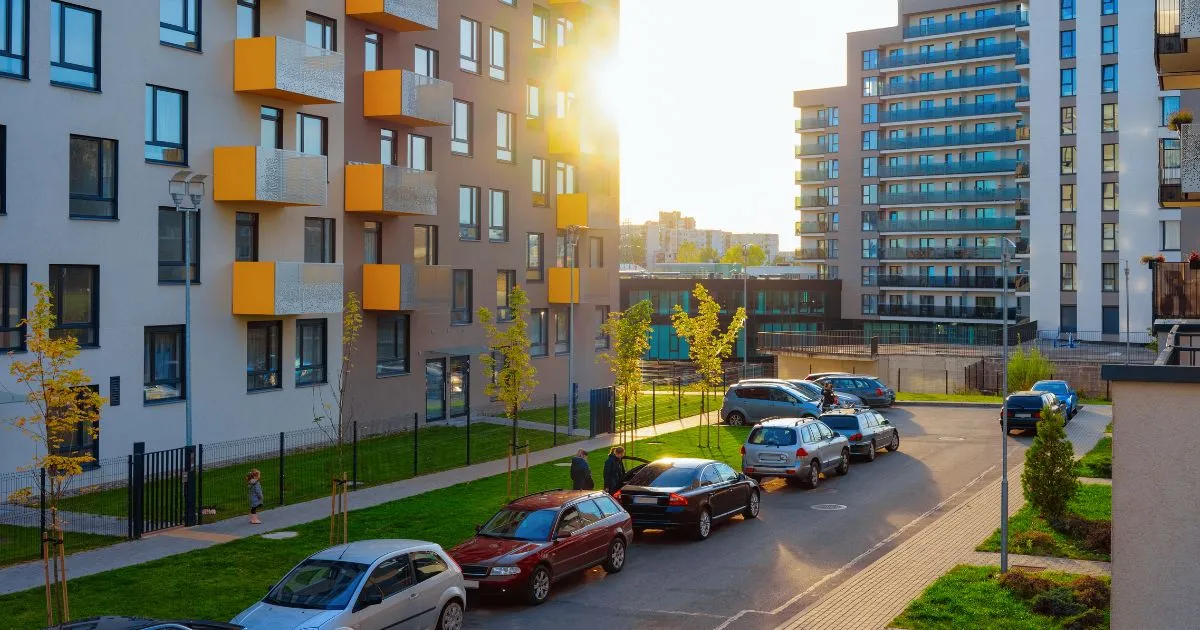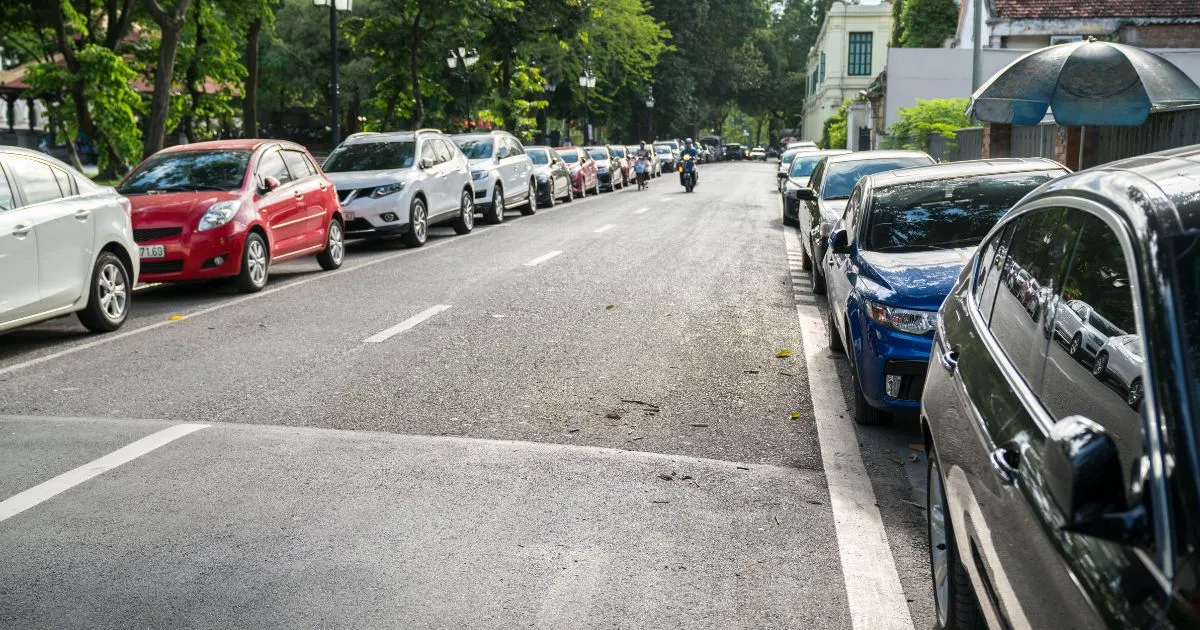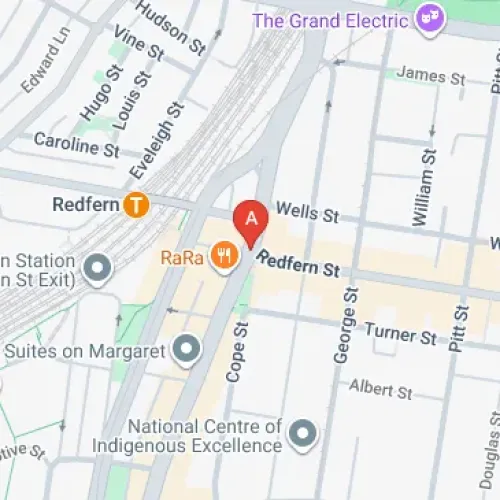Why Cities Need to Rethink Parking to Promote Walkability

As Australian cities continue to grow and evolve, the challenge of balancing urban development with liveability becomes increasingly complex. One crucial aspect of this balance is the relationship between parking infrastructure and walkability. Cities across Australia are recognising the need to rethink traditional parking strategies to create more pedestrian-friendly environments that enhance quality of life, boost local economies, and promote sustainability.
The impact of parking on urban design and community well-being cannot be overstated. According to recent research by Urbanism Next, excessive parking requirements can increase housing costs by up to 25%, while also encouraging car dependency and reducing the space available for more productive urban uses. As Daniel Battaglia, author of Parking Made Easy: Making Life Easier, notes, "The average rate you can get for a parking spot is around AUS $400 a month, or AUS $4,000 a year, with some variation depending on your location." This highlights the significant economic impact of parking on both individuals and cities as a whole.
The Problem with Traditional Parking Requirements
For decades, many Australian cities have mandated minimum parking requirements for new developments. This approach, while well-intentioned, has led to several unintended consequences. Firstly, it significantly increases the cost of housing and commercial development, as developers are forced to allocate valuable space to parking infrastructure. Secondly, it encourages car dependency by making driving the most convenient option, even in areas well-served by public transport. Finally, it dedicates large portions of urban land to parking lots and parking garages, rather than more productive or community-enhancing uses.
A study by Drive Australia found that parking requirements can add up to $50,000 to the cost of an apartment, making housing less affordable for many Australians. This financial burden is particularly acute in major cities like Sydney and Melbourne, where housing affordability is already a significant concern. By rethinking parking requirements, cities have an opportunity to address both housing affordability and urban liveability simultaneously.

The Benefits of Walkability
Creating walkable neighbourhoods offers numerous benefits for both residents and cities as a whole. These include:
- Improved public health through increased physical activity
- Reduced traffic congestion and air pollution
- Stronger local economies with thriving retail and hospitality sectors
- Greater social interaction and community cohesion
- More vibrant and attractive public spaces
Research by the Heart Foundation has shown that people living in walkable neighbourhoods are 40% more likely to meet physical activity guidelines, leading to better health outcomes and reduced healthcare costs. Additionally, a study by the City of Melbourne found that pedestrian-friendly streets can increase retail sales by up to 40%, demonstrating the economic benefits of prioritising walkability over parking.
Rethinking Parking Strategies
To promote walkability, Australian cities need to adopt new approaches to parking management and car park design. This includes:
- Reducing or eliminating parking minimums for new developments
- Implementing performance-based parking requirements tailored to specific contexts
- Encouraging shared parking arrangements to maximise the utilisation of existing spaces
- Prioritising pedestrian and cyclist infrastructure over car parking
- Investing in public transport to provide viable alternatives to driving
Cities like Melbourne are leading the way in this regard. The City of Melbourne's Transport Strategy 2030 aims to repurpose 40 hectares of on-street parking space for wider footpaths, bicycle lanes, and green space. This bold approach demonstrates how rethinking parking can transform urban environments and improve liveability for all residents.

The Role of Technology in Parking Management
Technology plays a significant role in optimising parking utilisation and promoting walkability. Smart parking systems can provide real-time information on parking availability, reducing the time drivers spend circling for spaces and easing traffic congestion. Mobile payment apps and digital permits can streamline the parking process, making it more convenient for users and reducing the need for physical infrastructure.
According to the Australia Smart Parking Systems Market Outlook, "The integration of comprehensive smart parking systems is reshaping urban mobility in Australia. These systems go beyond traditional parking solutions by incorporating advanced technologies like real-time monitoring, predictive analytics, and mobile applications." This growth indicates a shift towards more efficient and user-friendly parking management strategies that can support walkability goals.
Case Studies of Successful Implementation
Several Australian cities have already begun to rethink their parking policies to promote walkability. For example, the City of Sydney has implemented a car-sharing policy that aims to reduce car ownership and parking demand by providing dedicated on-street parking spaces for car-share vehicles. This initiative has led to a reduction in private car ownership and increased use of public transport and active travel modes.
In Adelaide, the Vehicle Parking Amendment Bill 2025 seeks to establish a Vehicle Parking Scheme that will set minimum car parking requirements for new residential developments in Greater Adelaide. While this may seem counterintuitive to promoting walkability, the bill also includes provisions for a Vehicle Parking Fund that can be used to develop new public parking in areas where insufficient car parking exists, maintain existing public car parks, or improve bicycle parking facilities to encourage active transport.

Conclusion: Embracing a More Walkable Future
Rethinking parking strategies is essential for promoting walkability and creating more liveable, sustainable, and economically vibrant Australian cities. By reducing or eliminating parking minimums, implementing effective parking management strategies, and investing in alternative transportation options, cities can create neighbourhoods that are more pedestrian-friendly, healthier, and economically prosperous.
As we move towards a more sustainable urban future, it's crucial that we prioritise the needs of people over cars. By embracing innovative parking solutions and promoting walkability, we can create cities that are not only more efficient and environmentally friendly but also more enjoyable places to live, work, and visit.
We encourage you to share your thoughts on how parking can be reimagined in your local area. Sign up free to join the conversation and be part of the solution for creating more walkable, liveable Australian cities.
**About the Author:** Daniel Battaglia is the Founder and Chief Executive Officer at Parking Made Easy. Daniel has been working in the parking and urban mobility sector since 2012. With a passion for simplifying parking and helping people save money and time, Daniel provides expert insights into the benefits of finding, booking and renting car parking spaces with the help of Generative AI. For enquiries, you can reach Daniel directly at daniel@parkingmadeeasy.com.au.



Share